Last updated on February 24th, 2023 at 01:14 pm
Bathroom Design
Evolution of the bathroom and the components that affect your bathroom’s design style.
If we take a long look back at ancient history, the usage of baths can be traced back at least 3000 years.
Evidence of this is seen in the ruins of what is now known as Pakistan. The need for cleanliness embodies the need for religious purification rights that cleanse the body and soul. But this has evolved over time to embrace very similar principles.
Here is what makes the modern bathroom, your personal zone of sacred relaxation.
History of bathrooms
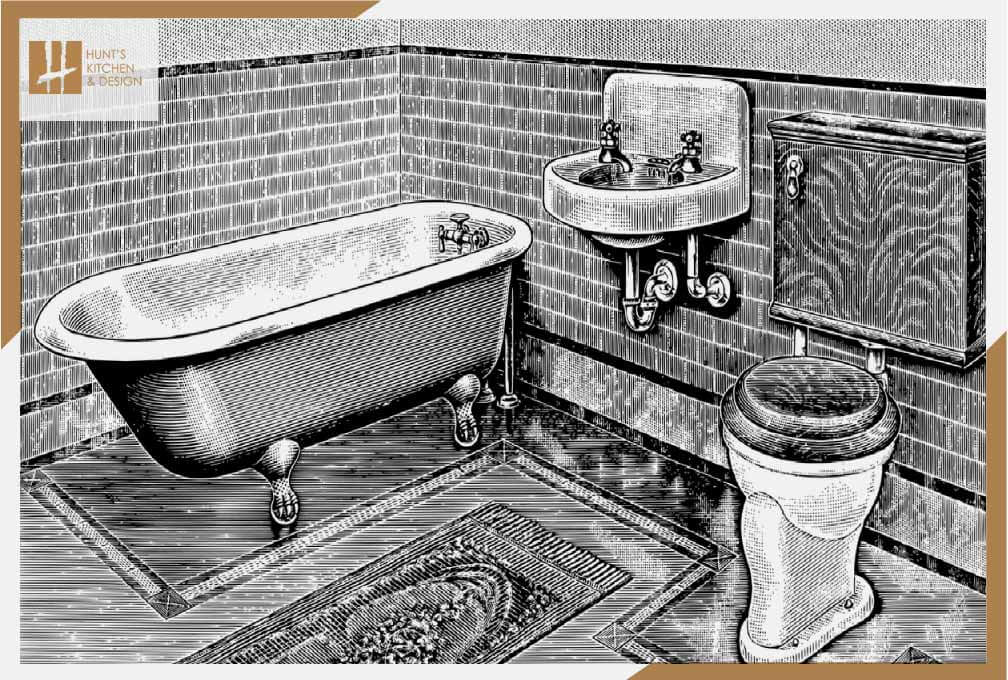
The birth of the bathhouse
Most people will instinctively think that the Greeks and Romans popularized bathhouses across Europe. Evidence has uncovered older Greek technology showing elaborate drainage systems which further proved how society could enjoy public and private bathing. It wasn’t until later that the idealism of bathrooms started to move from the public interest into the private homes of those who could afford these luxuries.
Bathing nonetheless was valued as a source of cleanliness for many centuries until the Renaissance period, where water was considered a source of disease and sickness. Ironically, it wasn’t until a turnaround by the 19th century that bathrooms became fashionable again with the advent of the modern shower and running tap water. London was among the first city that allowed wealthy families to have water pipes installed for running water.
Wide-open hospital-like atmosphere
The word bathroom was used long before the word bathhouse was introduced. In reality, the bathhouses of the Roman era called thermae were common gathering spots to keep clean. One of the reasons these sports were popular is through their design and architecture. They were large buildings with surfaces that are built for dealing with hygiene and cleanliness.
Much of the interior was mostly white or light colors using materials such as marble which could resist bacteria and was easy to clean. This style was later revived with Victorian bathrooms in the 19th Century which recreated this sterile hospital-like feel with white wall tiles and white enamel fittings.
A quest for bodily wellness
With a new wave of industrialization that finally saw modern indoor plumbing, the interest in creating a bathroom in residential homes was on the rise. Before this, most bathroom setups were located within a bedroom and didn’t have their own separate enclosure. These rooms were set off to the side and given a special set of important rules for their purpose. It may have been from the Victorian era that modern bathrooms cemented the optional style for what a bathroom should include for bathing and hygiene comfort.
As time passed, new developments in toilet and plumbing technology introduced better methods for keeping odors and smells from returning back up through copper and lead pipes. This further fed the concept of a germ-free place where keeping your body clean was a welcome practice. It was still considered expensive for most people who were still making haphazard bathroom settings in their bedrooms until the 20th came into full swing.
Introduction of the residence bathroom
While the style and comfort of most Bathrooms were gaining popularity across Europe in the late 1880s and 90s, this concept was a new and growing notion to early America. The influence of French and English design slowly crept into America by the end of the Second World War. Returning troops found their experiences with this newly learned bathroom design were inspired to add modest bathrooms in their homes.
Not only did these designs echo the classiness of sterile and clean surroundings, but it was also further expanded to conform in creature comforts that were only afforded by the rich. It could be said that the 1960s brought around a revolution that included pop culture mixed with classic bathroom design. This was evident by a culture that was now expanding into the notion of home spas which raised the bar for what we now know as modern luxury living.
Basics of Bathroom Design
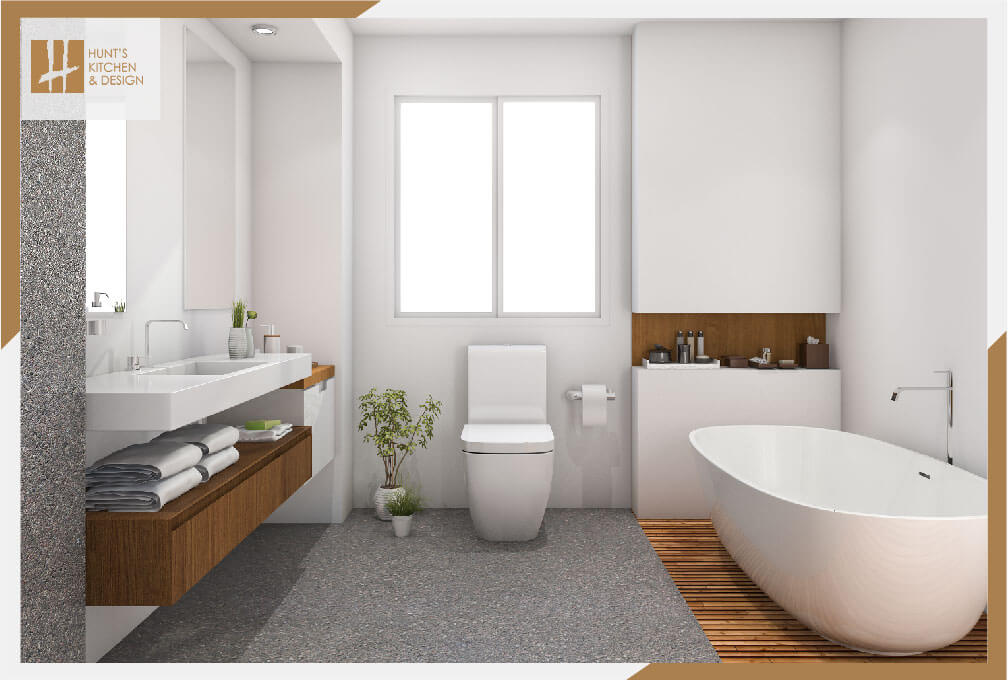
By now, you already might be getting an idea of how the concept of the American bathroom has evolved. The diverse style has grown across many different levels of design styles. The real secret of how these styles work will contain these three fundamentals.
Comfort
A bathroom should be one of the most comfortable and inviting spots in your home. This is one of the reasons why the master bedroom will have the most impressive bathroom in your home. It has a personality that defines your living style and your tastes for selective styles. No matter what style you incorporate into your bathroom, the comfort level needs to be addressed all throughout your bathroom space.
This will give any size of your bathroom some real character that enhances the comfort you want to achieve. Since we spend a large portion of our time in the bathroom, having all the attributes that help in keeping some good hygiene is essential. But, when the overall design is centered on simplicity, then it will be popular with others if you sell your home.
Practicality
What your bathroom includes is not just talking about the furniture and objects that go inside the room itself. This is related to the design and how the configuration is going to suit your needs. This is covering a lot of territory and many styles that make this room will determine how practical it will be for you. These configurations are aesthetically a template or blueprint that can show you what items go where.
These include the plotted locations for shelving, built-in nooks, and the locations for toilets, tubs, and showers. If you build in extra spots that can include closets, spa tubs, and steam rooms, this increases the practicality of your bathroom.
Optimizing space you have
One of the downsides to most family homes is the amount of space that you can use for a bathroom. This often means that many remodeling jobs will expand the size of the room or remove a wall to make more space. But some bathrooms are limited with space, so this means you have to keep the bare minimum for practical use. This will mean you need to combine comfort and practicality while keeping a tight design.
Some very convenient and smart designs are meant for space-saving. If you have limited space in your bathroom, this will count a lot for basement bathrooms and irregularly shaped spaces. This is one specific detail that will enable you to have a unique design that isn’t wasting any space you can work with.
Layout fundamentals
Who is it for?
Not every bathroom is going to be the master bathroom and you might have more than one in your home. Most family homes will have 2 bathrooms but are not limited to 3 if you have a larger home. Kid’s bathrooms need to be designed with lower sinks or plumbing considerations that are better from smaller hands. But you also need to consider that as people will grow quickly and, these are also design flaws that need upgrading at some point.
Master bedrooms are always going to be the highlight of any family home, which is always a great reselling point. But for everyday living, you want to have all of the built-in conveniences. These can be remodeled bathrooms that have upgrades, and incorporate exciting comforts that further modernize your bathroom.
Think about potential future occupants
Some homeowners will design a bathroom to help expand the resale value of their home. When you do make a remodeled bathroom project, you will also need to consider that new owners will find value in an updated bathroom. These upgrades are more appealing when the design includes attributes that are standard for most modern homes. These can include spa baths or Jacuzzi-style tubs.
Throw in some impressive lighting that is appealing and can create a good mood, and you have instant resale value. Of course, any decent design that has a modern or contemporary look is also a welcome sight. It’s fancy to have throwback designs but can be a tricky area if you only rely on retro or Victorian design bathroom décor.
Build-in plenty of storage
If you don’t have shelves, the next best thing is built-in storage that’s inset. These are fine if you have recessed shelves, but you also need to have plenty of ventilation to reduce humidity issues. This might extend to medicine cabinets and storage areas for toiletries and bathroom products. But the focus here should be upon storage ideas that will make your bathroom useful and with purpose.
It might be a good idea to have storage that resists moisture with cabinet doors that keep this moisture out. You’ll need to consult an interior designer to find a cabinet that keeps out water vapor and steam. But as long as your storage areas are designed to resist any kind of bathroom steam that can come from your shower or bath, you’ll be better off.
Take advantage of light
Your bathroom needs to have a good mixture of light and dark. Obviously, natural light that comes from windows will always work in your favor. Where these windows are placed is also a problem since this natural light is only going to last so many hours. Your next advantage is coming from artificial light that should be carefully planned ahead of time. These lights need to be LED lights that need to be dimmable.
If you can control the color, this is a great plus so you can adjust these colors further and create incredible moods. There is another key issue with natural light windows and where they highlight parts of your bathroom. This will look more dramatic and illuminating at certain times of the day.
Plan for plenty of ventilation
Most of the time, an open window just isn’t enough to remove the amount of stream and water vapor that builds up. Any recent remodel job for your bathroom is better if you have indoor ventilation fans that quickly suck out and remove steam that can build up over time. This can attack the paint and wooden furniture causing warping over time. These are best when they’re placed at the highest part of the bathroom wall or ceiling.
These special ventilation fans need to be hooked up to your light switches and can be manually controlled. This will help to remove steam in addition to odors that might be otherwise embarrassing. These installations are easier when you have professionals install them for you.
How a bathroom is similar to your living room
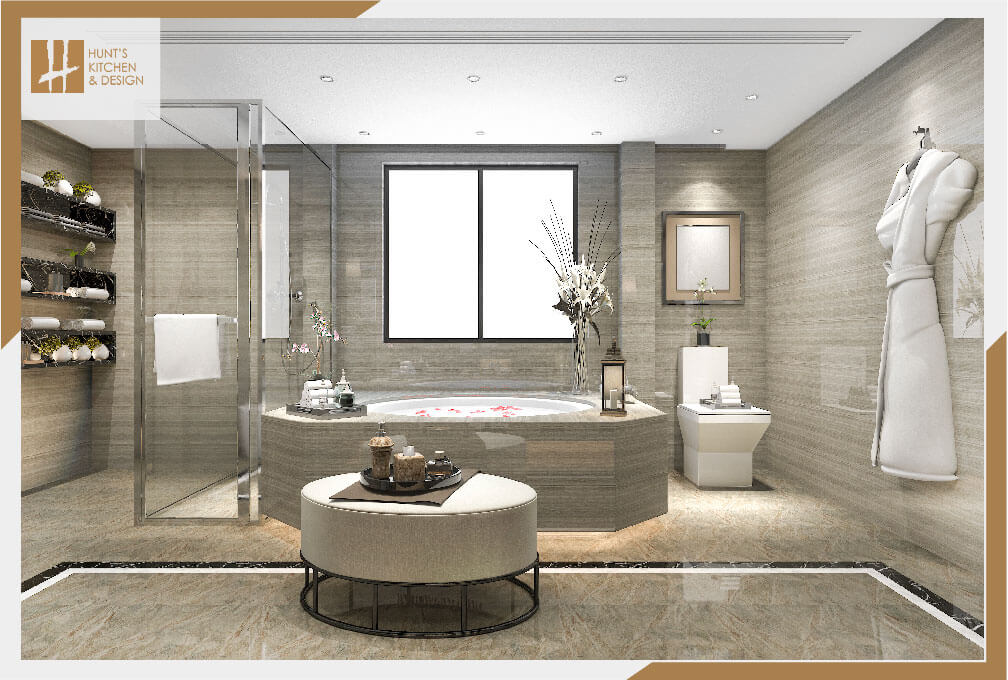
Unknowingly, we are turning our bathrooms into living rooms in many iconic ways. They add lots of mirrors to expand the size of a cramped space. We also put lots of decorative bath mats that simulate rugs too. Even the lighting is meant to give a controlled mood so you can take a bath with dimmed light. There are also the personal touches that many people will add where decorative touches including pictures and decorations are added.
Some bathrooms will appear more livable than being sterile and empty spaces. The personal touches that people like to give a bathroom help make your experience enjoyable and welcoming. It wasn’t uncommon for many ladies’ restrooms in restaurants to include fancy couches and seating areas next to light-up mirrors for fixing their makeup. Today’s bathrooms also incorporate these luxury additions if you have the room and remodeling budget.
How to own your bathroom
Should your walls breathe?
Most bathrooms don’t always have walls that are lined with ceramic tiles. This is why the modern bathroom only uses tiles where direct contact with water is necessary. But that will still include the issue of moisture. Having walls that are designed to withstand moisture is very important, so installing any kind of wood paneling is a big question. You’ll have to decide whether these surfaces are sealed or not.
If you’re going for a more rustic or themed design that involves wall surfaces that absorb moisture, you need to have excellent built-in ventilation. If you don’t, wood panels or items that aren’t sealed properly will begin to warp over time.
Add a sensible door opening
The door to your bathroom doesn’t need to be an airplane hanger opening, but there are critical design aspects. The direction that the door opens does need to be out of the way of anything around it. This is so there isn’t the risk of hitting someone else inside the bathroom. Some bathrooms are so small that they don’t take this into consideration and will be a safety hazard.
The entire swinging pathway of your bathroom door should allow for more than enough room to avoid anything in its path including those who are still in your bathroom.
Lavatory and toilet placement
Once again, this shouldn’t be a design issue but in many cases, some very small spaces are converted into micro bathrooms. You not only need to be inventive about where your toilet is going but also where the bathroom sink is placed. There might not even be enough room for a shower or tub, but these half bathrooms are simply called half-baths. If you have a sink you can still wash your hands and face with little or no effort.
The placement of these items will depend on the space involved unless you’re given plenty of room to plan ahead. Then that’s when you can start adding larger lavatory sinks and countertop space. The area meant for a toilet can be as large as you like when it comes to your personal needs.
Keep safety in mind
If you’re doing any kind of bathroom renovation is always going to be a matter of safety. This has to involve electricity, lighting, plumbing, and construction knowledge. It’s better to have an expert assist you with the planning and construction. Doing it yourself is a noble effort but if you do your own plumbing, you can make huge mistakes by accident. At the same time, you don’t want to violate any city laws if you don’t have the right permits.
These are when you make a modification in your home that may require a construction permit even when you make an alteration to your home. It’s better to stick with a professional that can handle this process for you and lessens the risk of being fined for making alterations on your own. You can be sure that Hunter Kitchen Design can assist you every step of the way if you have any questions.
Different interior design styles for your bathroom
Contemporary
Any contemporary bathrooms have nice clean lines everywhere and are known for their modern touches. Because contemporary is also very tidy, there are very few obstacles that will make your bathroom look cluttered. These bathroom styles are also popular since they have amble light that gives this stark design plenty of visual impact. There are also very few decorations that might include a potted plant or a fancy lamp. See our contemporary design guide for more characteristics of contemporary design.
Modern
Modern bathrooms are still quite popular since they have an artistic design that is quirky and upbeat. This style is also very good if you want to resell your home and have an amazing-looking bathroom. Modern bathrooms have traditional design features including mirror or glass floor to ceiling wall separators and wall-mounted mirrors. There are also geometric designs mixed with concrete and wood surfaces.
Victorian
The one hallmark of Victorian bathrooms is the ultimate Steampunk retreat. The addition of brass fitting and faucets along with claw toe bathtubs make the fine wall tile stand out. The addition of loads of draped hung at the entrances and along windows make Victorian bathrooms charming and vintage. It’s great for personal living and should include carpet-like bath mats everywhere.
Urban
It’s hard to not imagine that urban bathrooms will have geometric patterns and tile work that is creative and artistic in its own right. Walls are meant to look worn and heavily textured. Most of the popular colors include concrete and marble shades. This will include amble lighting to get these darker surfaces to become properly lit. It’s not uncommon that black and white are great combination colors seen throughout your bathroom.
FAQs
What factors should I consider when designing a bathroom?
Last updated on February 24th, 2023 at 01:14 pm
If you’re going to design a new bathroom you’ll need to take the size of the space, the shape and how many people will be using the room. You’ll also need to take any budget issues into account if there are any. But as always, try to get the clearest picture of what you want before starting any designing, it’ll save you a lot of time if you can.
What are the most popular bathroom layouts?
Last updated on February 24th, 2023 at 01:14 pm
The most popular bathroom layouts include single-wall, U-shaped, L-shaped, and corner configurations. Which one you should choose really depends on what space you have to work with and what features you want to include in the room.
What are the best materials for bathroom surfaces?
Last updated on February 24th, 2023 at 01:14 pm
Obviously when it comes to materials for a bathroom, everything needs ot be waterproof or at least made for a very wet environment. Tile, stone, metal and glass are all great options for things like shower doors and flooring. Porcelain is always the preferred choice for fixtures like toilets and bathroom sinks.
What lighting options are available for a bathroom?
Last updated on February 24th, 2023 at 01:14 pm
When I comes to a bathroom you need to use lighting specifically designed to use in wet environments. Some of the more common types of bathroom lighting include overhead lights, sconces, pendant lights, and recessed lights. Which ones you choose has more to do with your personal aesthetics and the desired ambiance .
How can I make a small bathroom feel larger?
Last updated on February 24th, 2023 at 01:14 pm
Whenever you have limited space, open designs and light colors help a lot to make any room feel bigger. Rather than having the shower completely closed off, use a glass half wall or even glass masonry blocks to give a more open feeling. Keep things like sink size to a minimum so as not to make things feel crowded. And choose whites or pastels for your paint colors.
How can I add storage to my bathroom?
Last updated on February 24th, 2023 at 01:14 pm
The first thing would be a medicine cabinet behind your mirrors. It might not hold a lot, but it’s added space that’s hidden and doesn’t feel obtrusive. Then using storage space under a sink is another great option as usually this spece is unused and a waste otherwise. Open shelving si also always a good option and a great place to store towles and other items that should be exposed to the air so they don’t mold or mildew.

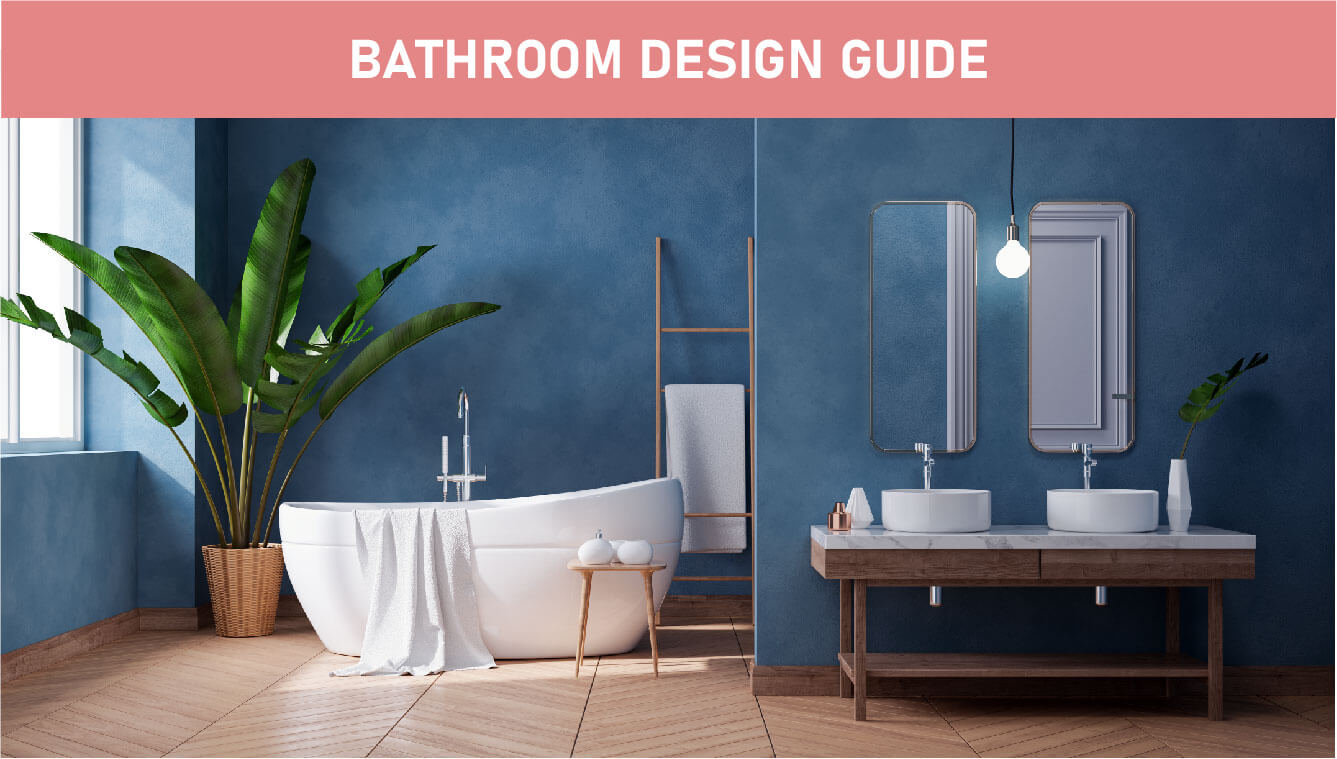

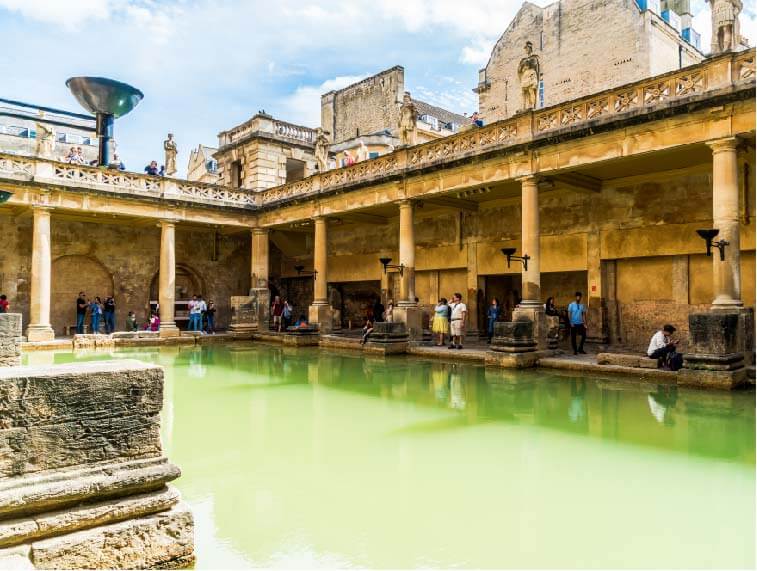
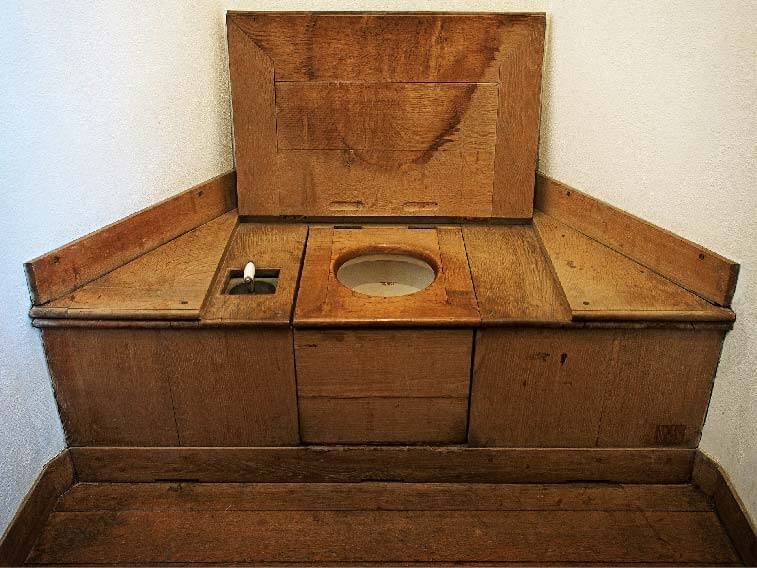
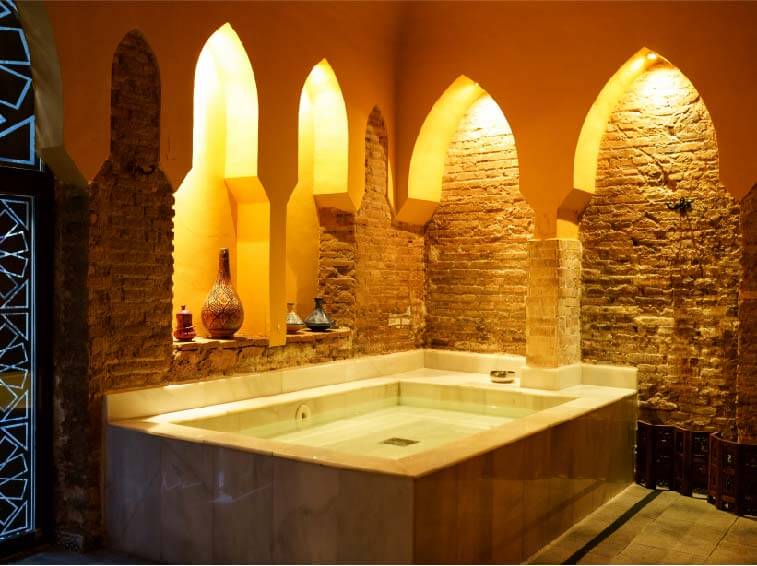
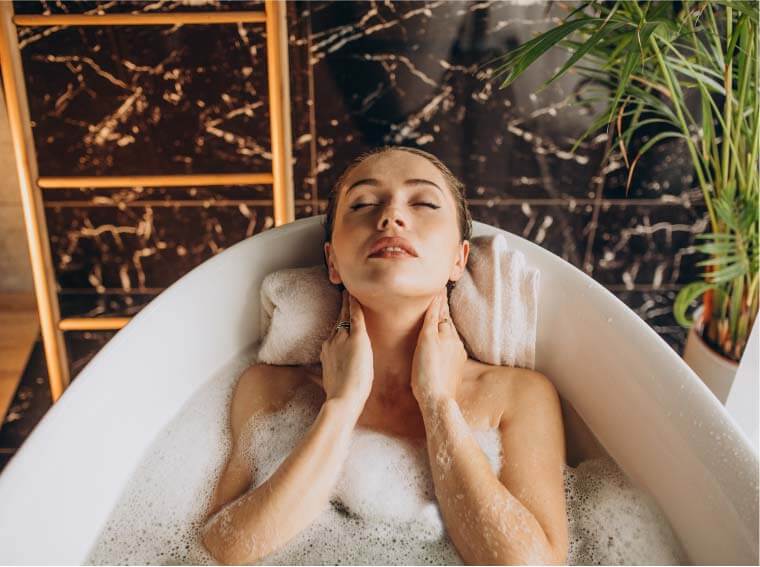
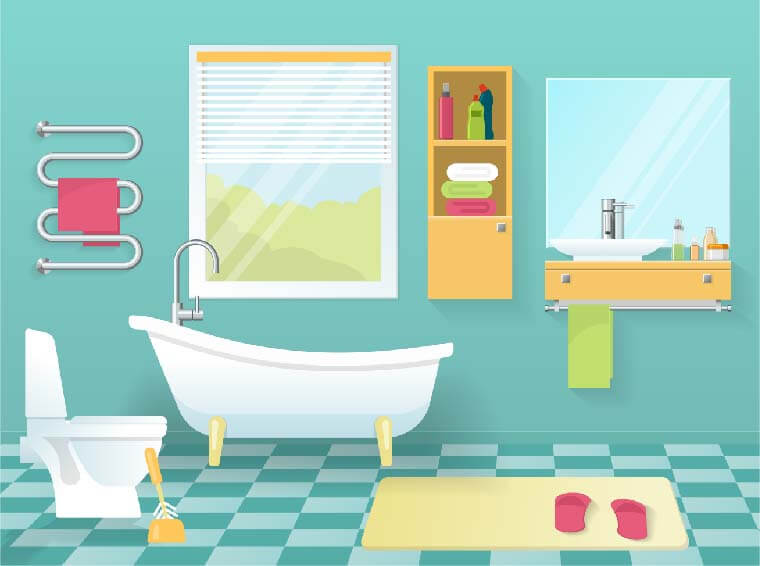
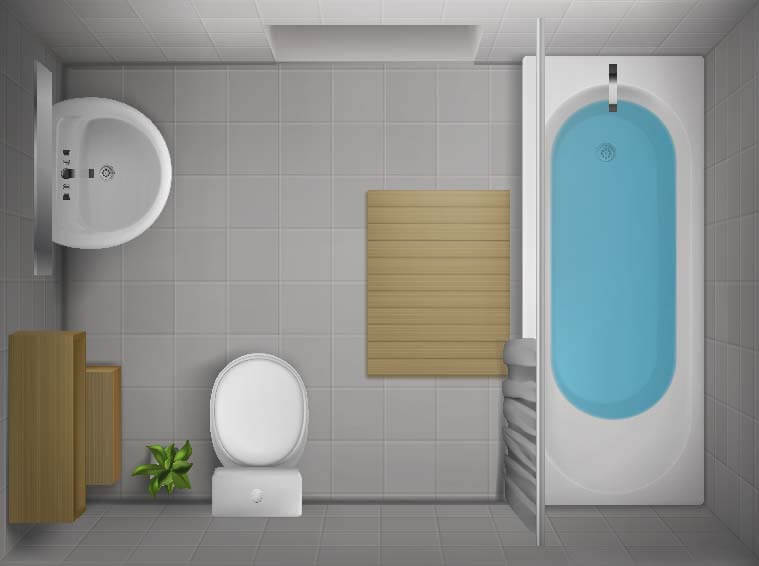
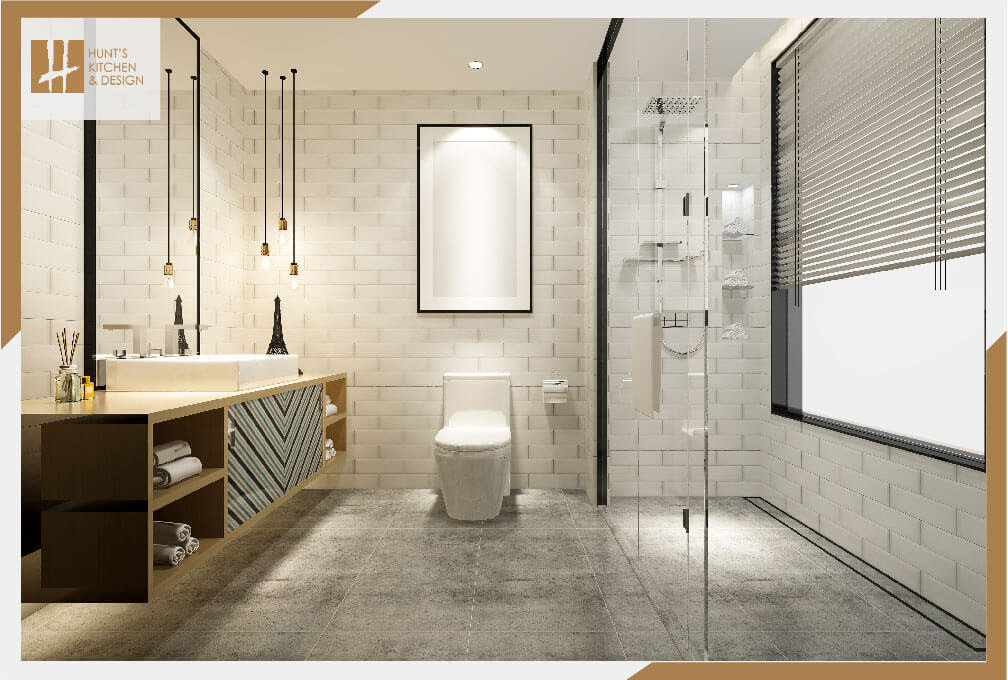




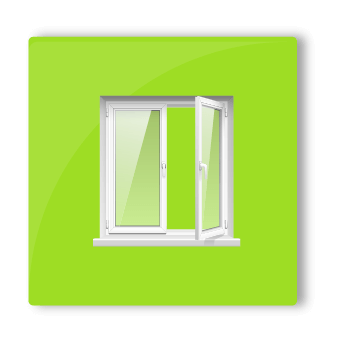
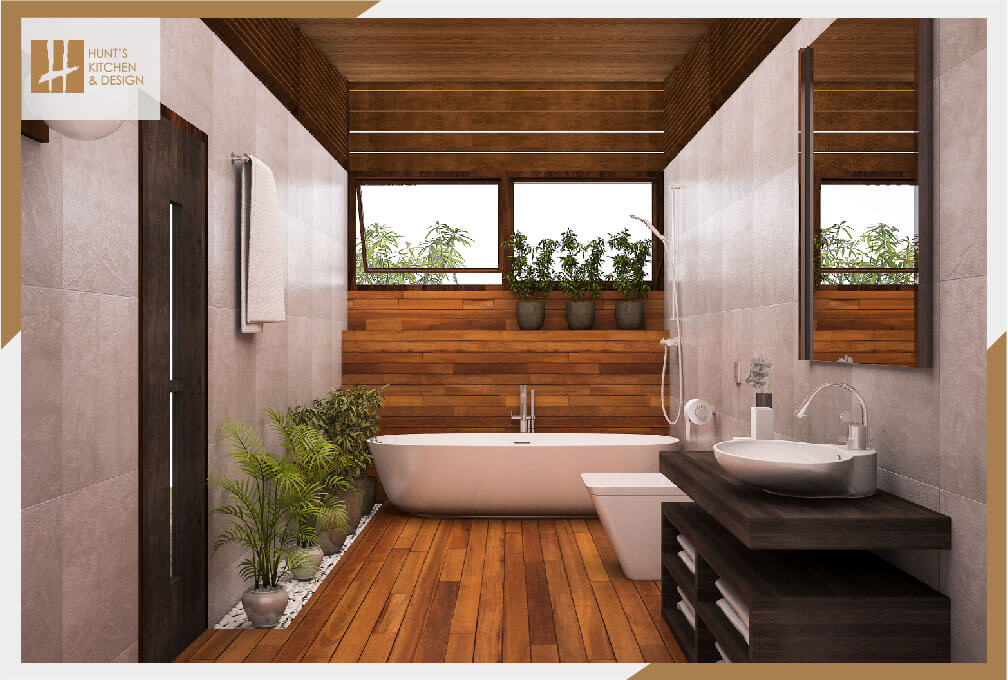
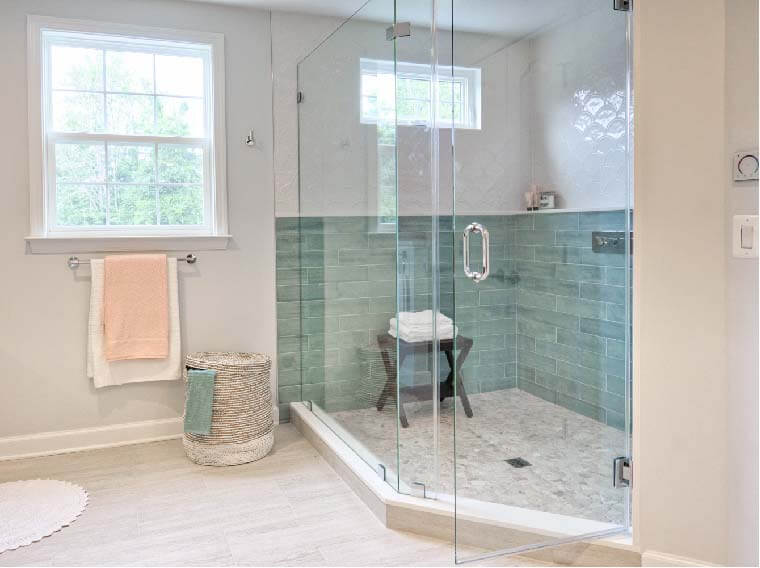
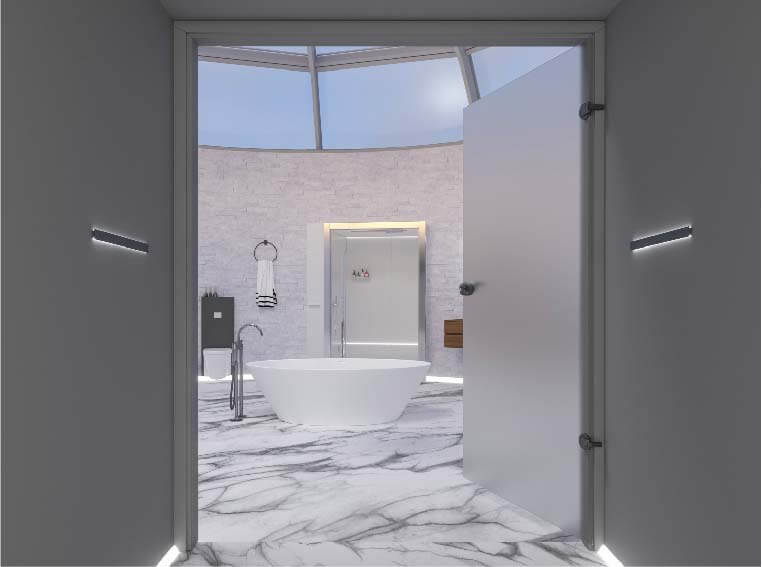
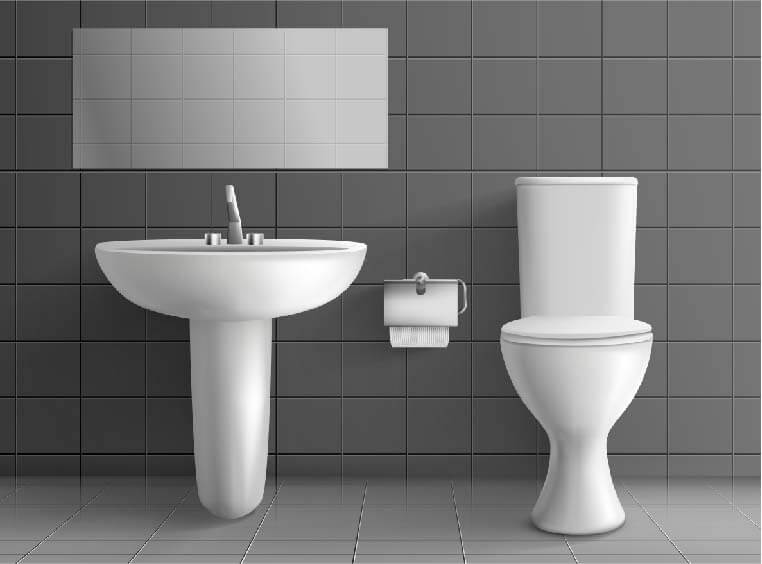
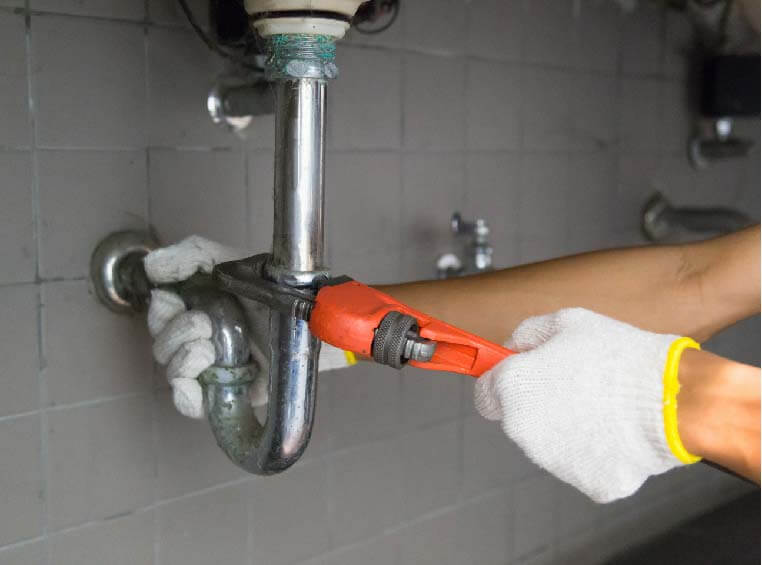
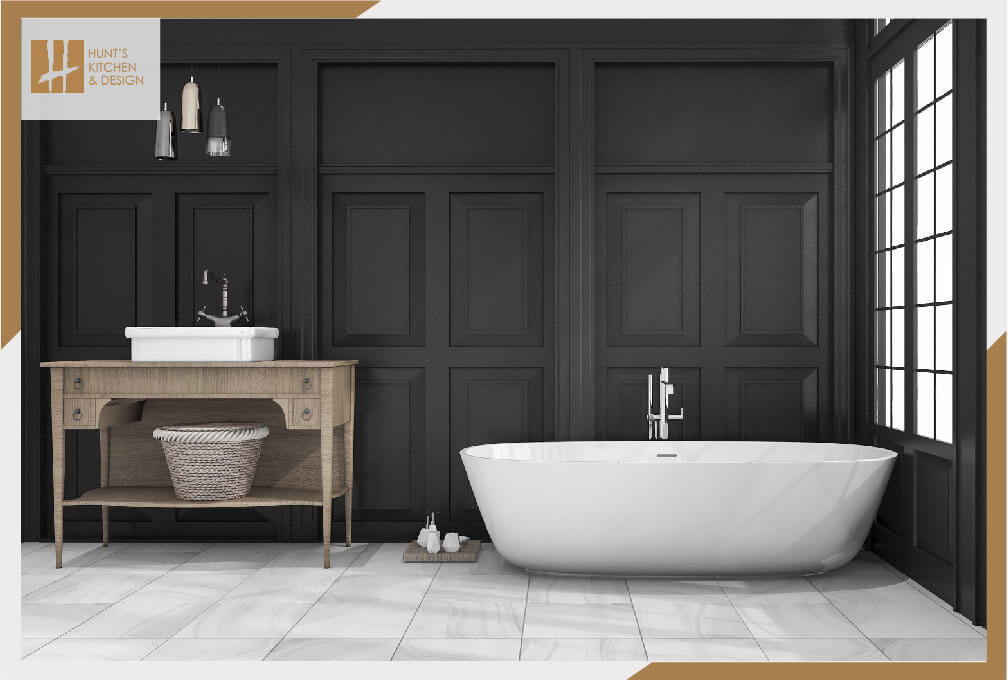
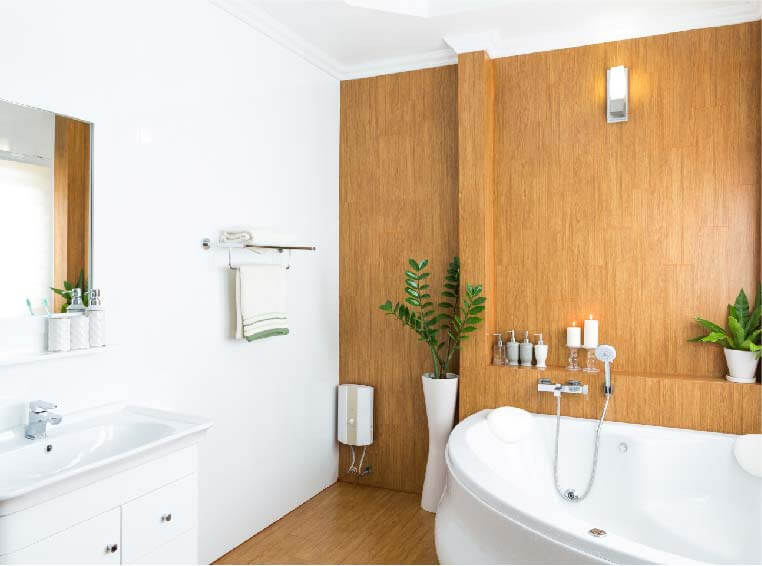
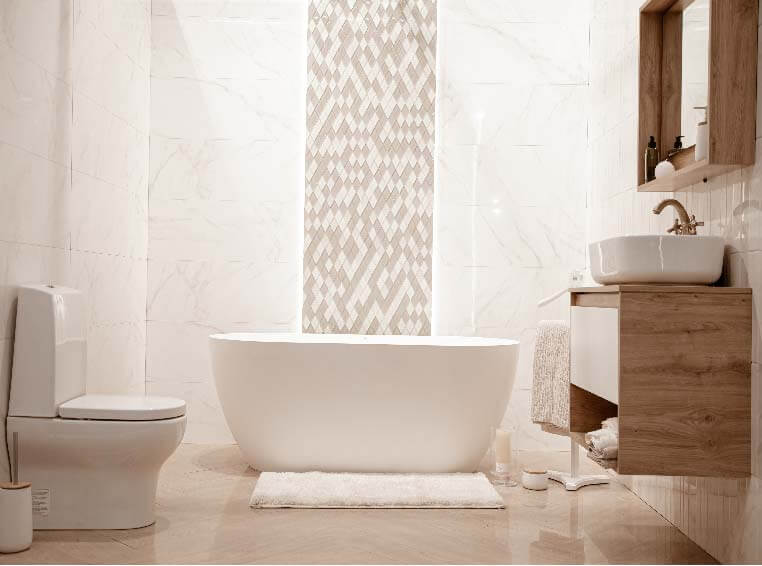
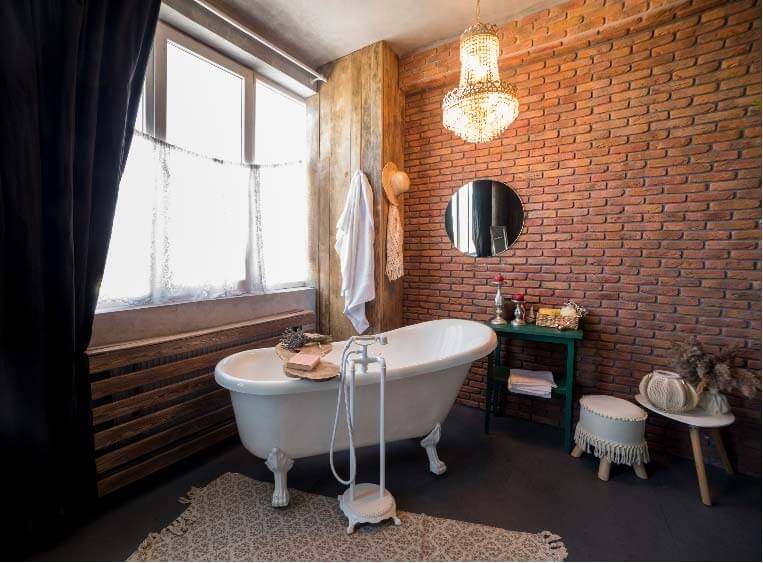

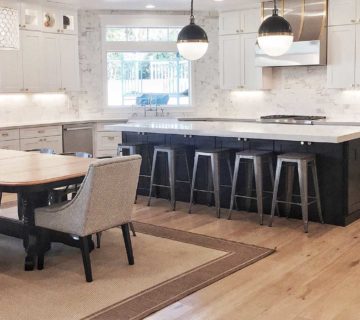
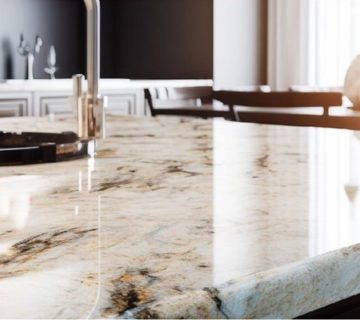

No comment